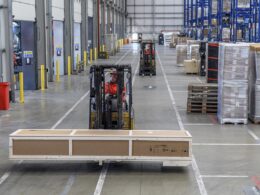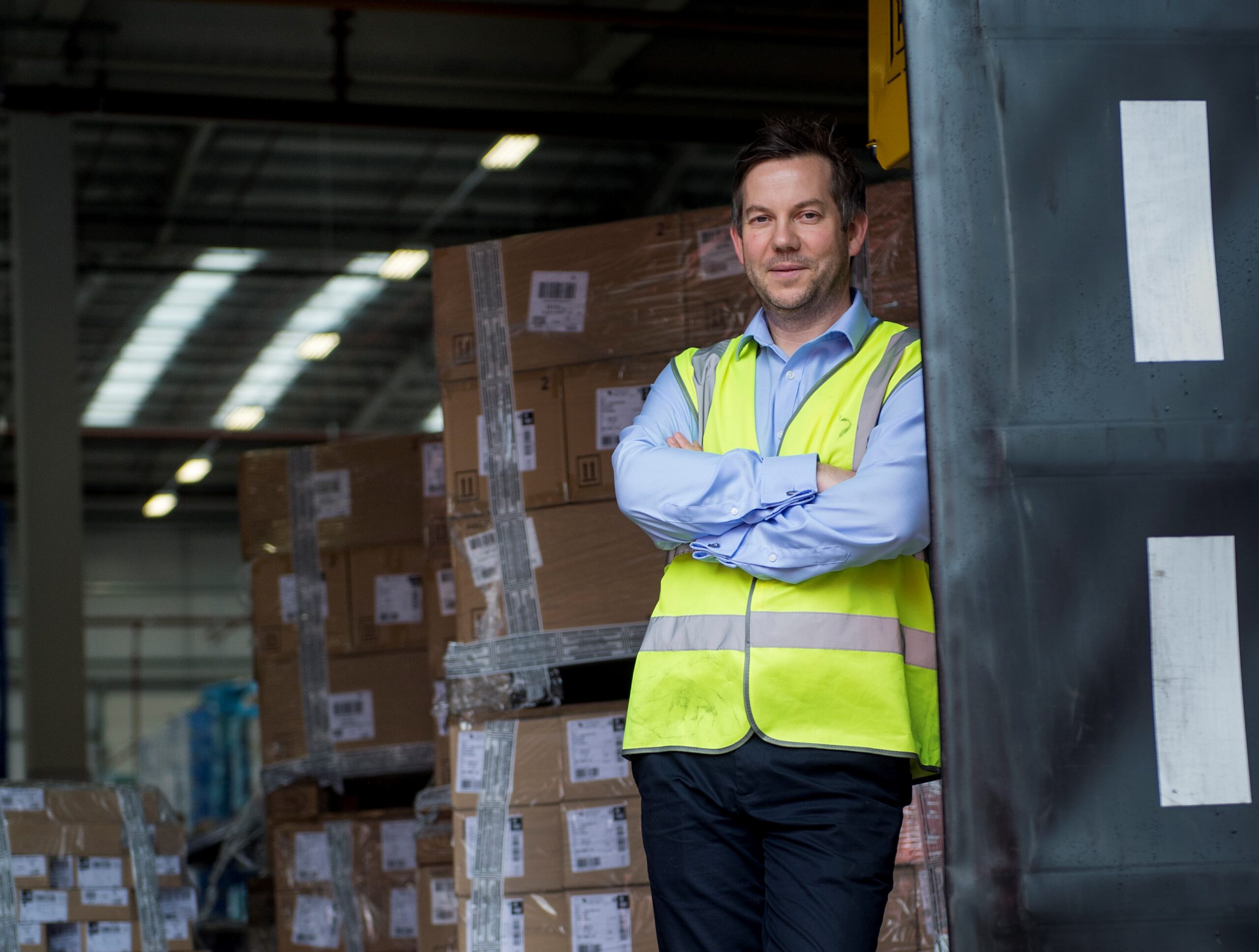The connected truck market is on the rise in a big way. By 2025, Frost & Sullivan predicts there will be 63.5 million connected trucks on our roads globally. They mark the beginning of the transition towards autonomous vehicles. And, they are completely changing the game when it comes to road freight transport, helping fleet managers optimise their fleets through increased efficiency and utilisation, whilst improving driving behaviour and health and safety for the drivers.
What is driving this sea-change is the adoption of smart fleet management software solutions, which provide real-time actionable insight into truck fleets and connect with back office systems through open APIs. This essentially gives fleet managers one, all-seeing, platform to optimise their fleets and significantly improve efficiency.
Additionally, driver terminals are becoming smarter than ever before. Not only are they providing the best and safest routes for truck drivers, based on greater road intelligence, but also give drivers access to a growing number of applications to help them to complete their tasks on the road.
Let’s take a look at the three major benefits fleet managers and drivers could take advantage of by connecting their truck fleet.
Improving efficiency and reducing costs
Spending more time on the road than necessary can be a significant cost for businesses, with TomTom Telematics research estimating traffic congestion costs businesses over $3 billion a year in lost wages alone.
Operating large trucking or heavy goods fleets can be even more costly when time is lost on the road. One wrong turn or driving straight into a traffic jam not only increases labour costs but also fuel consumption, maintenance costs and administration costs associated with missing delivery time slots.
This is unfortunately a common occurrence for truck drivers. According to recent TomTom Telematics research, in the last year, over one in five (21%) Aussie motorists have been stuck behind a truck driver who seems lost, has gone down the wrong road or has become trapped.
However, the new connected driver terminals are quickly making it easier for truck drivers to find the perfect route. Maps are being specifically designed for trucks, taking note of access restrictions, including dimensions, weight and hazardous materials. Additionally, challenging road layouts are being identified, with navigation technology finding more appropriate alternative routes for truck drivers.
Reducing Vehicle Costs & Improving Driver Safety
Driver behaviour has a significant impact on the total costs of ownership of a vehicle. It can influence fuel, maintenance and insurance costs, as well as brand reputation.
However, getting employees to drive in a more sensible manner is often hard, as they don’t “own” the vehicle and are often under pressure to meet appointment times. It’s less about how well they can drive and more about how quickly they can get from A to B, no matter the cost to the vehicle.
This is giving truck drivers a bad reputation, with nearly a third (29%) of Aussie motorists believing they are one of the worst drivers on the road.
What they might not realise is, long driving hours, extreme time pressures and changing road conditions and access restrictions makes truck driving a very difficult job.
Developments in telematics technology now help drivers and managers to work more closely, empowering them with actionable insights and performance feedback for continuous driving improvement.
By increasing and improving responsible driving, fleet managers and drivers will be able to lower fuel, maintenance and insurance premiums, as well as help reduce fewer accidents and maintenance downtime.
Additionally, a connected system can reduce long-term damage on vehicles. It can record inspection information and automatically relay it to back office, letting fleet managers know instantly if there are any problems with the fleet or proactively implement preventative maintenance.
Vehicle checks can be conducted using a tablet-style device, with the results updated in the back office to help ensure Duty of Care obligations are met and that maintenance schedules are kept up-to-date.
Digitalising the Back Office
When connected to a fleet management solution, fleet managers can maximise the efficiency of trucks and drivers through a web-based portal for administrative functions, reporting and overall management of compliance.
Businesses are able to simplify compliance processes, by capturing all required information for the driver’s log and automatically calculate driver’s time remaining based on various daily and weekly limits. Comprehensive back-office reporting allows fleet personnel to make proactive decisions to avoid hours of service violations and focus on resource optimisation.
Connecting your fleet also brings the back office to the driver. Readymade apps are being developed to enable drivers to conduct vehicle checks, proof of delivery, paperless reporting, question paths and barcode scanning from their driver terminal. Not only does this make life easier on the road for drivers but it improves service quality for end customers and better comply with regulatory requirements.
The benefits of the connected fleet don’t end there. With an open API and better access to data, fleet managers can revolutionise their fleets. In doing so, they can gain a competitive advantage in the market, whilst ensuring they retain the best drivers as they improve their lives on the road.













